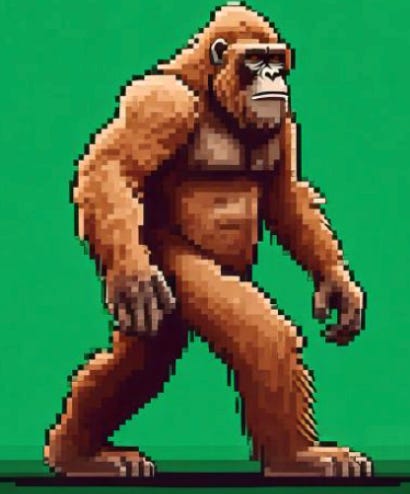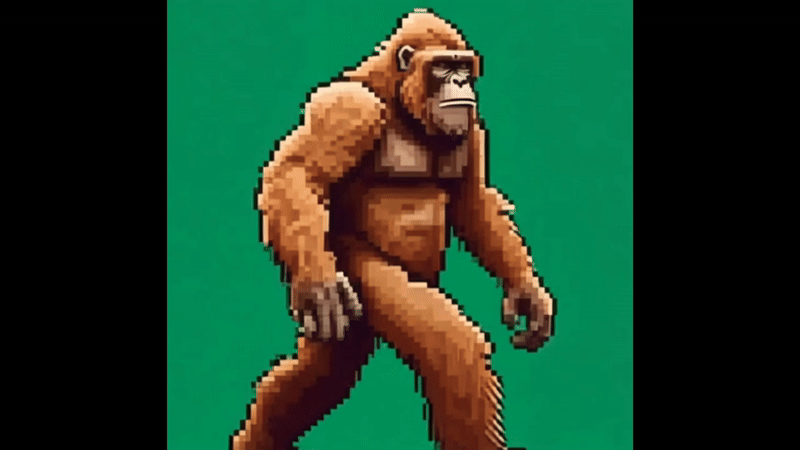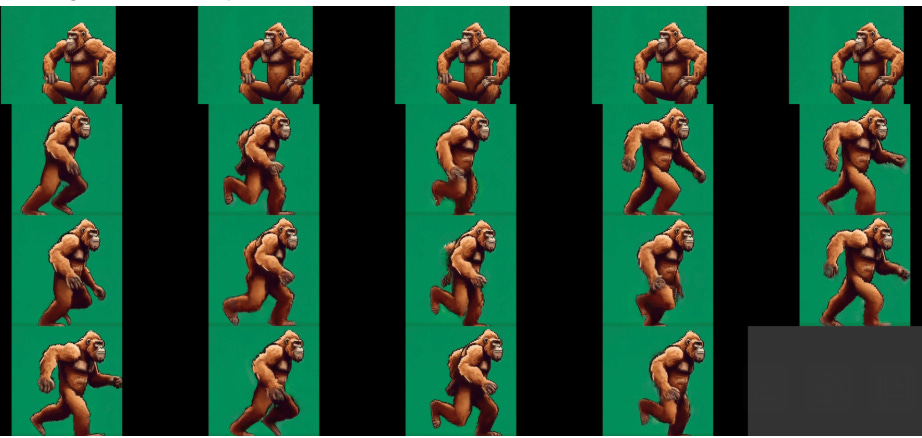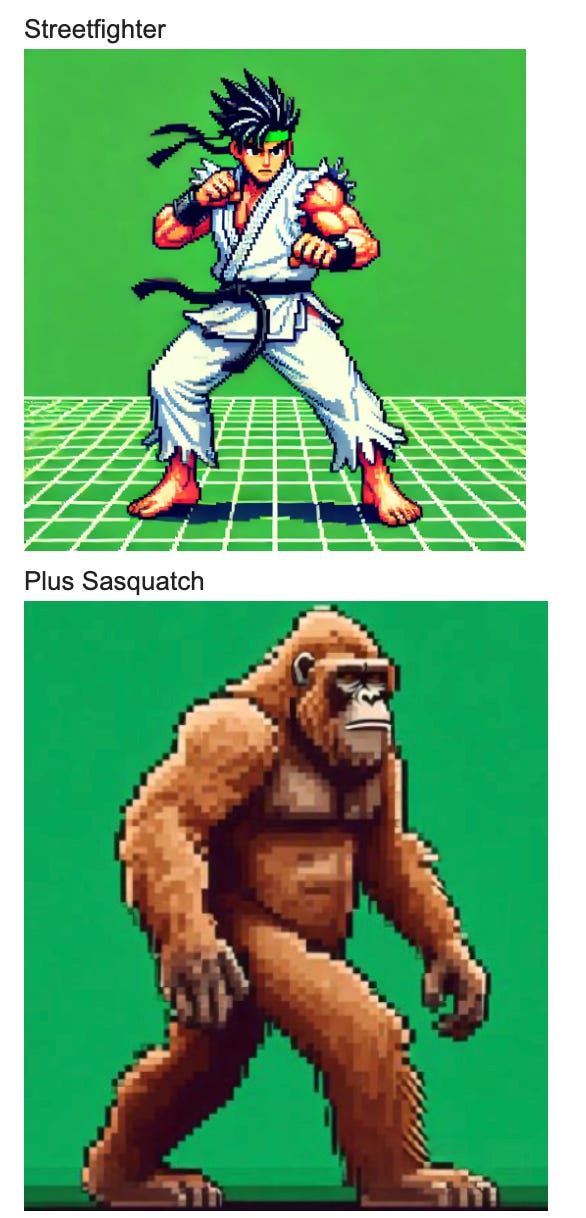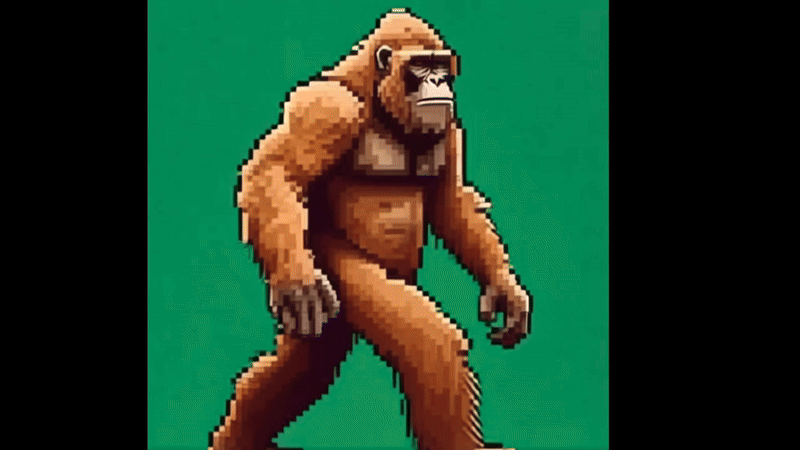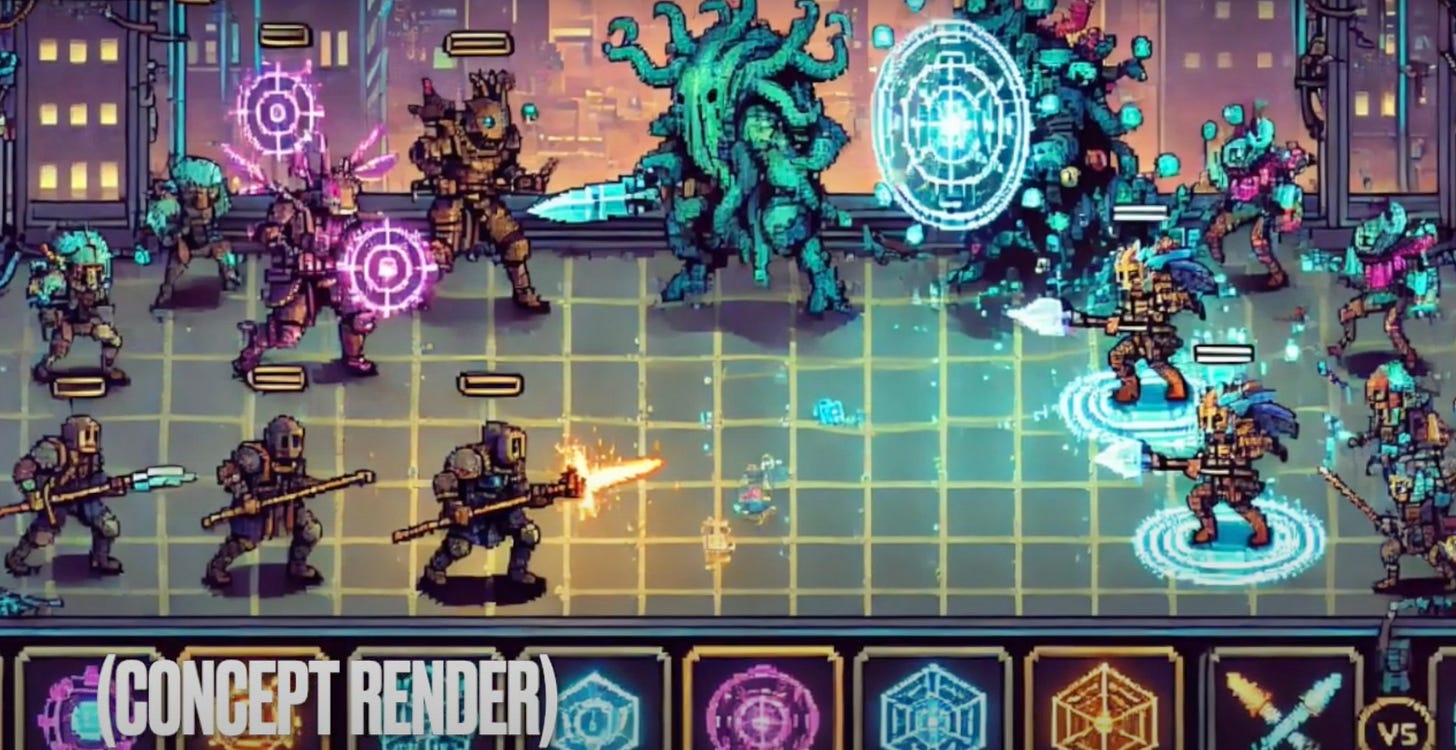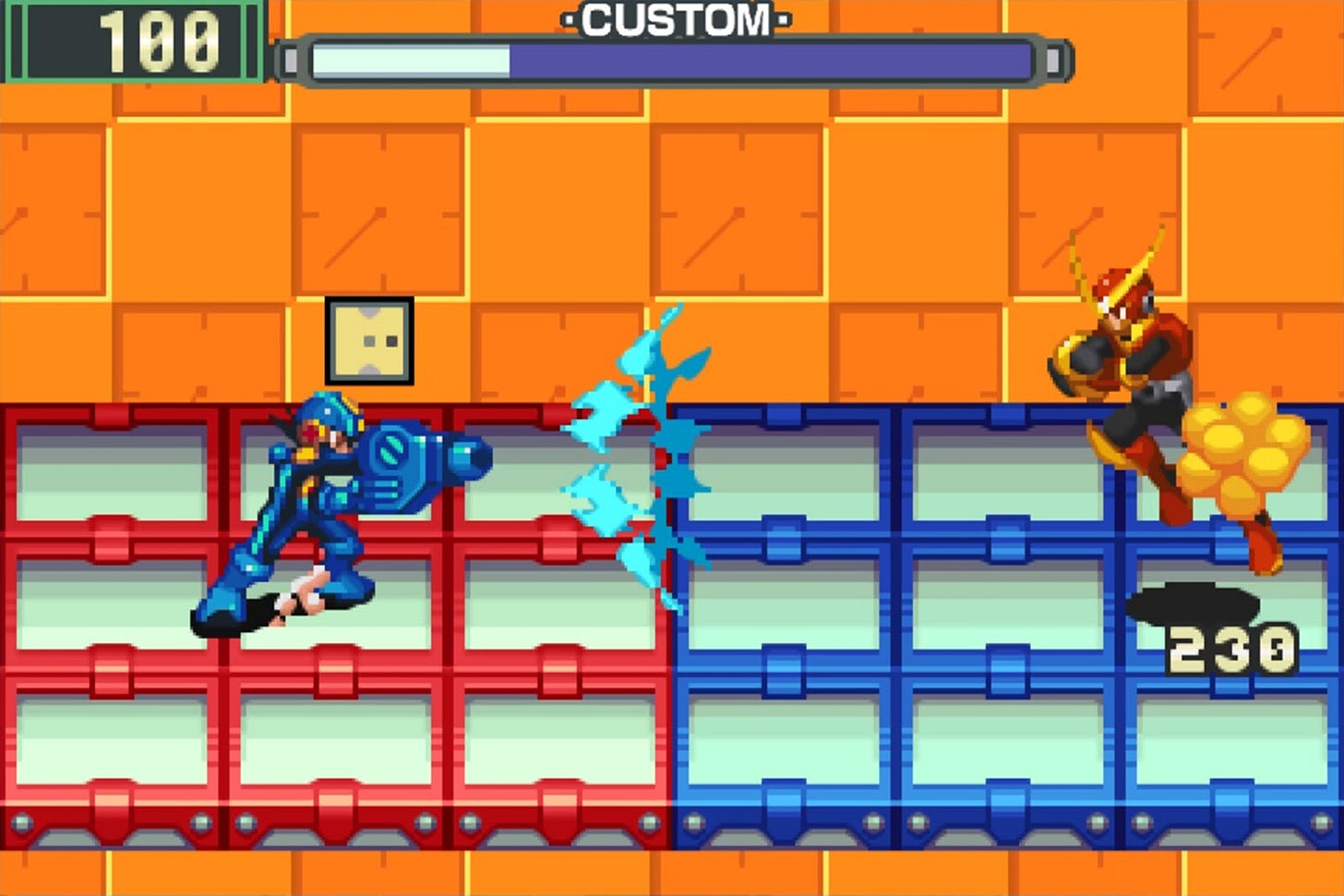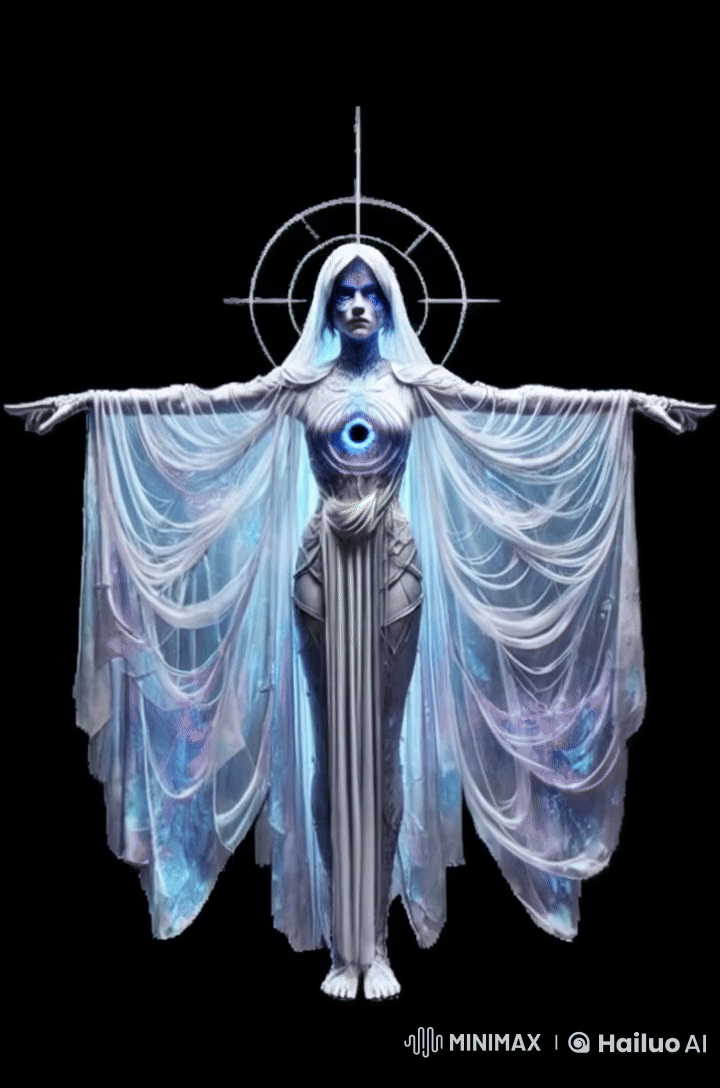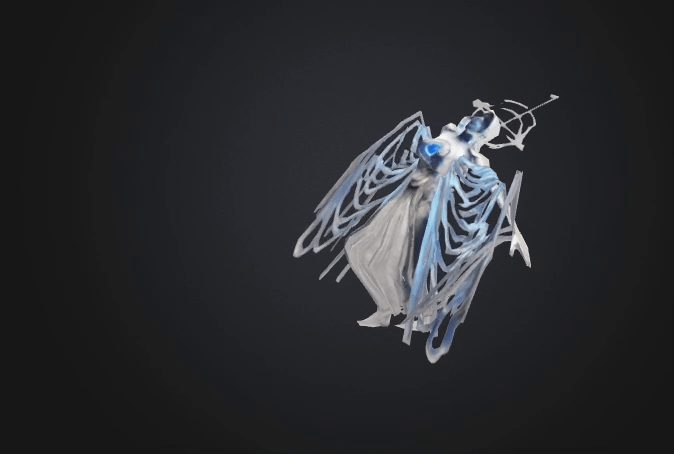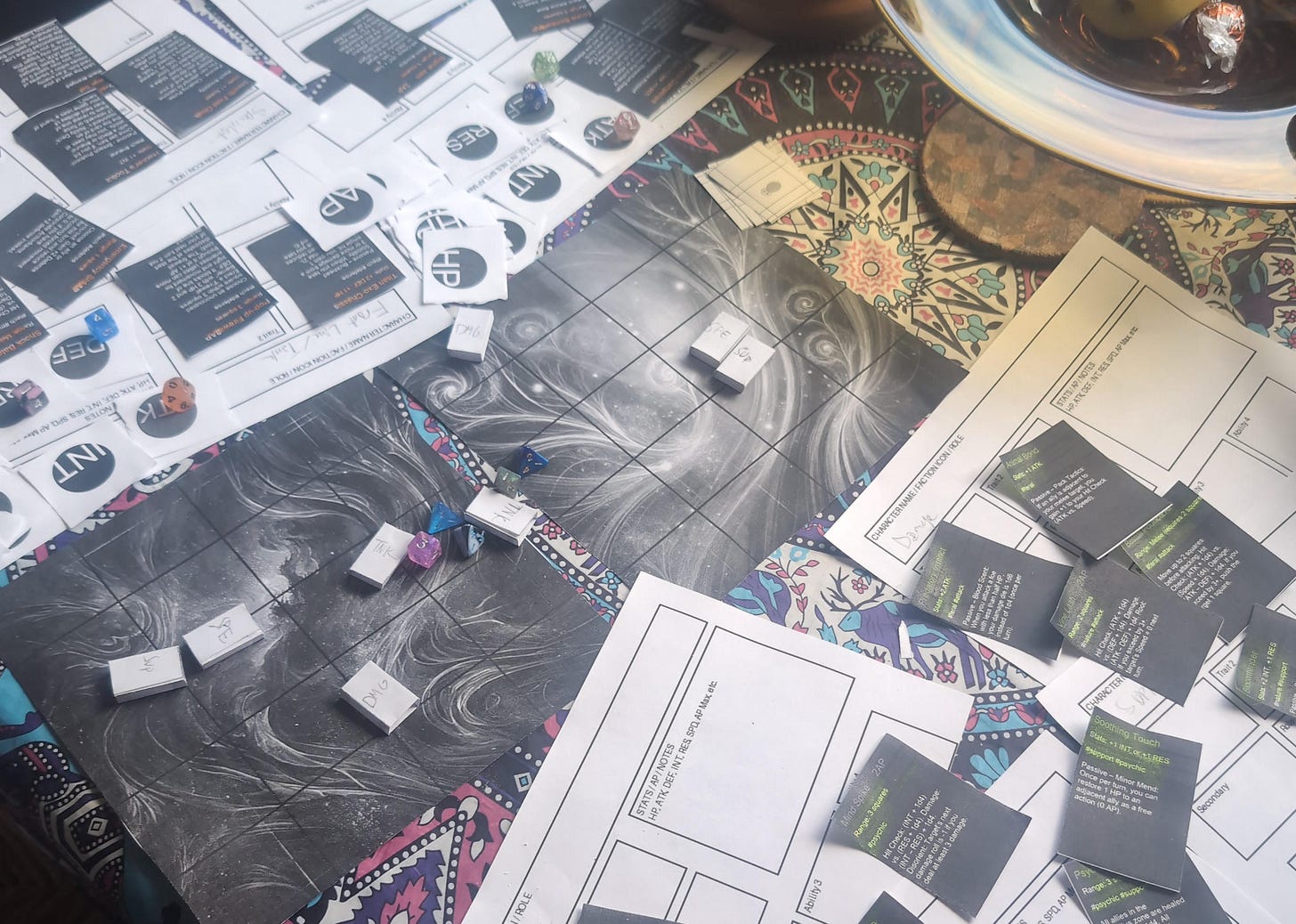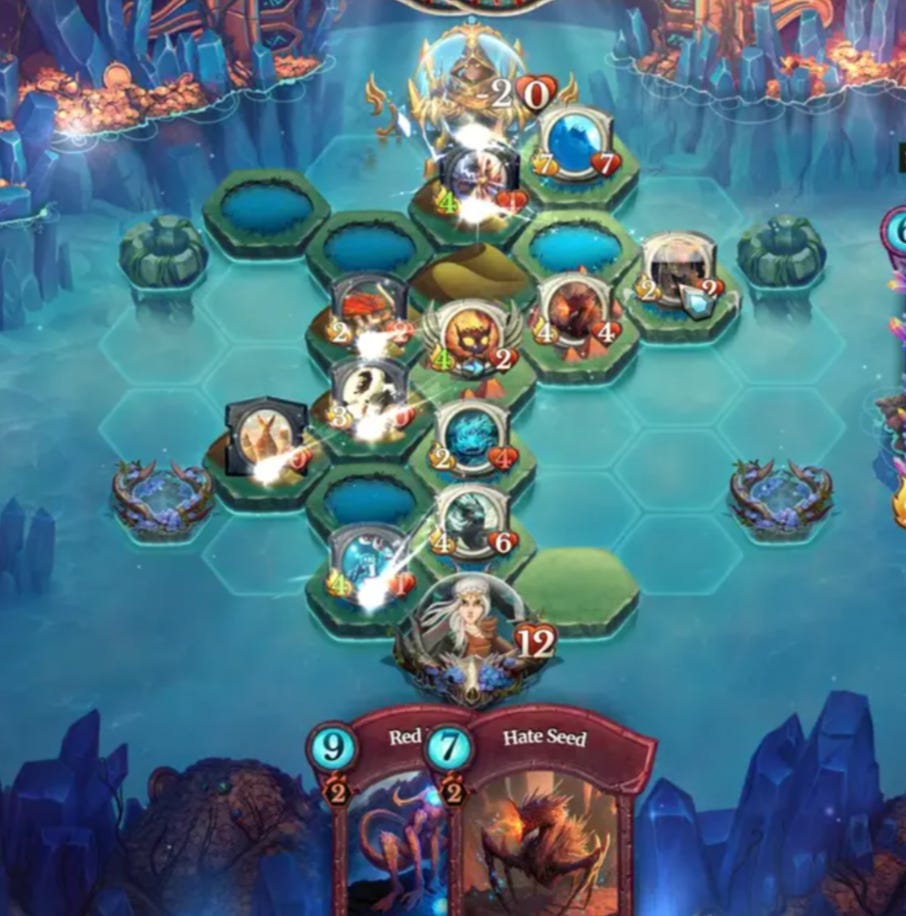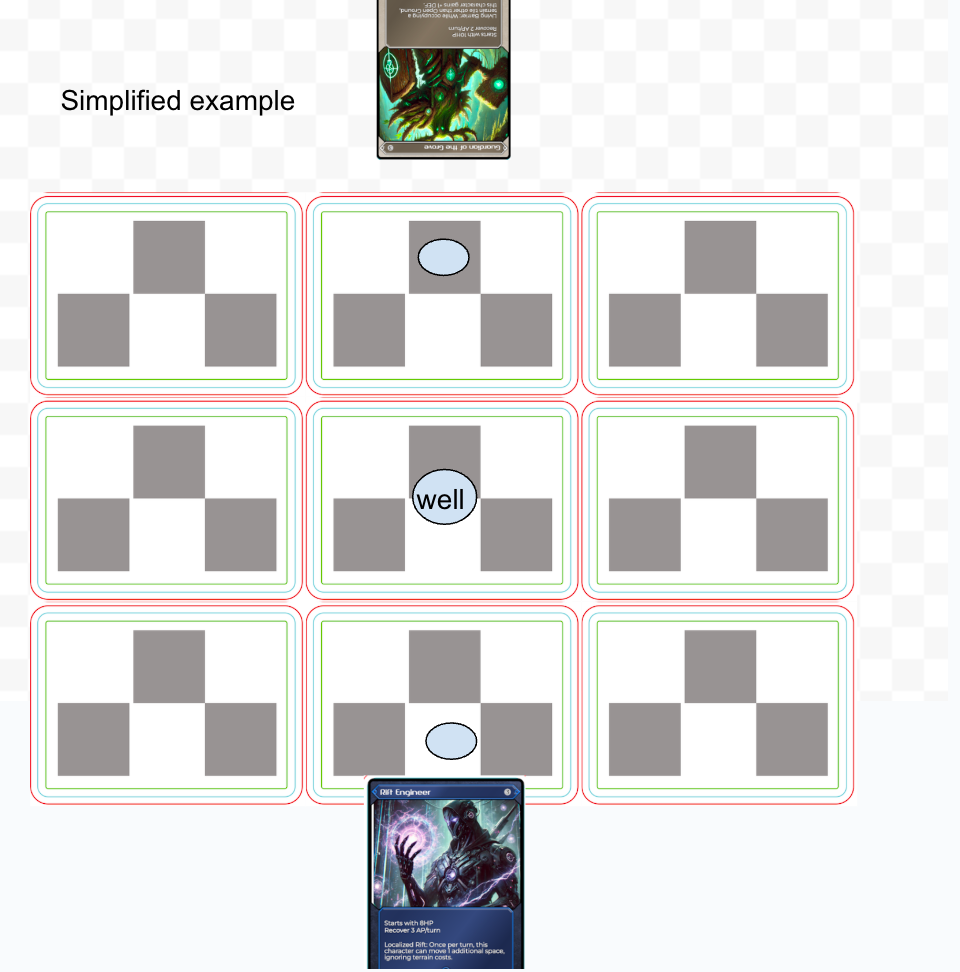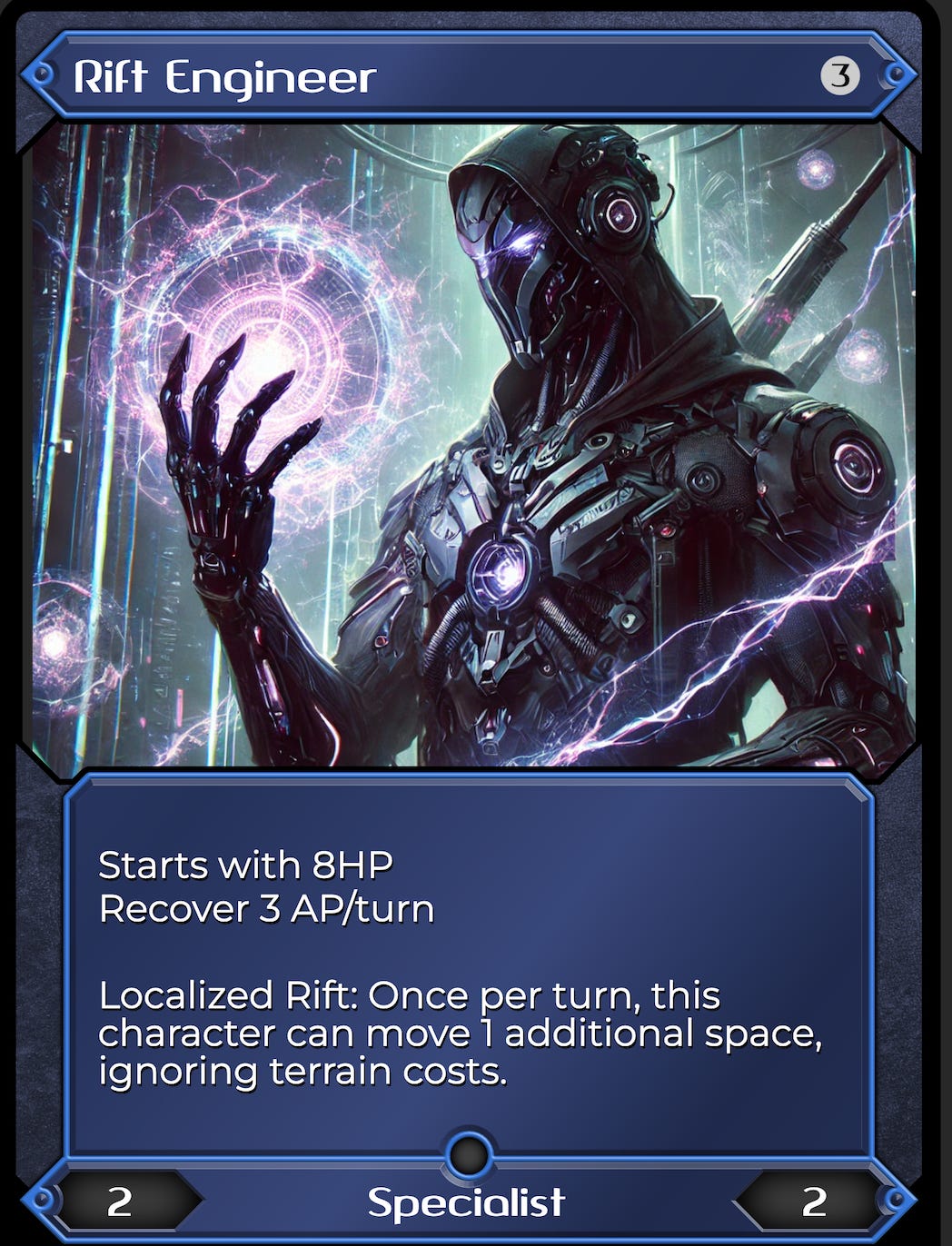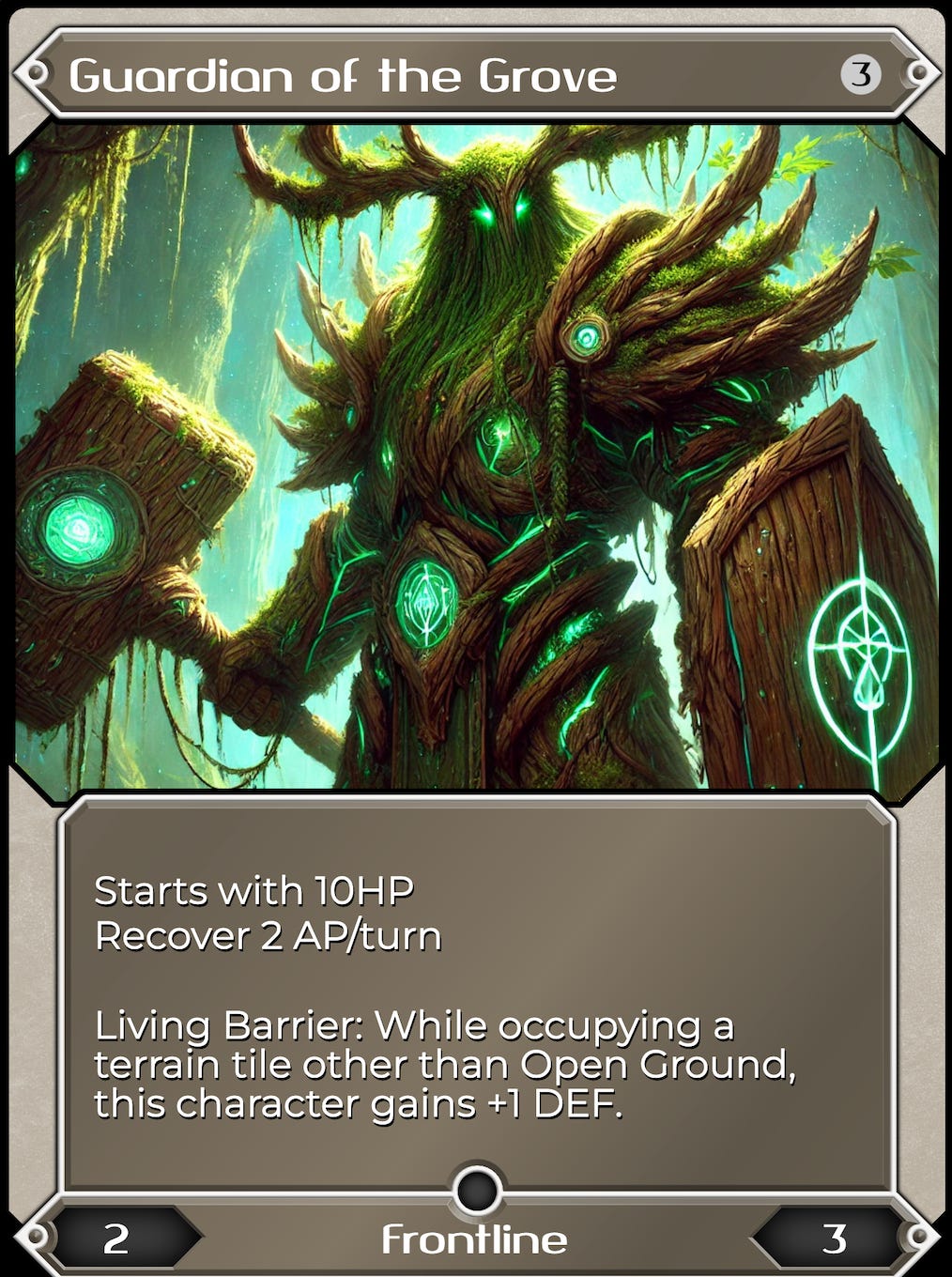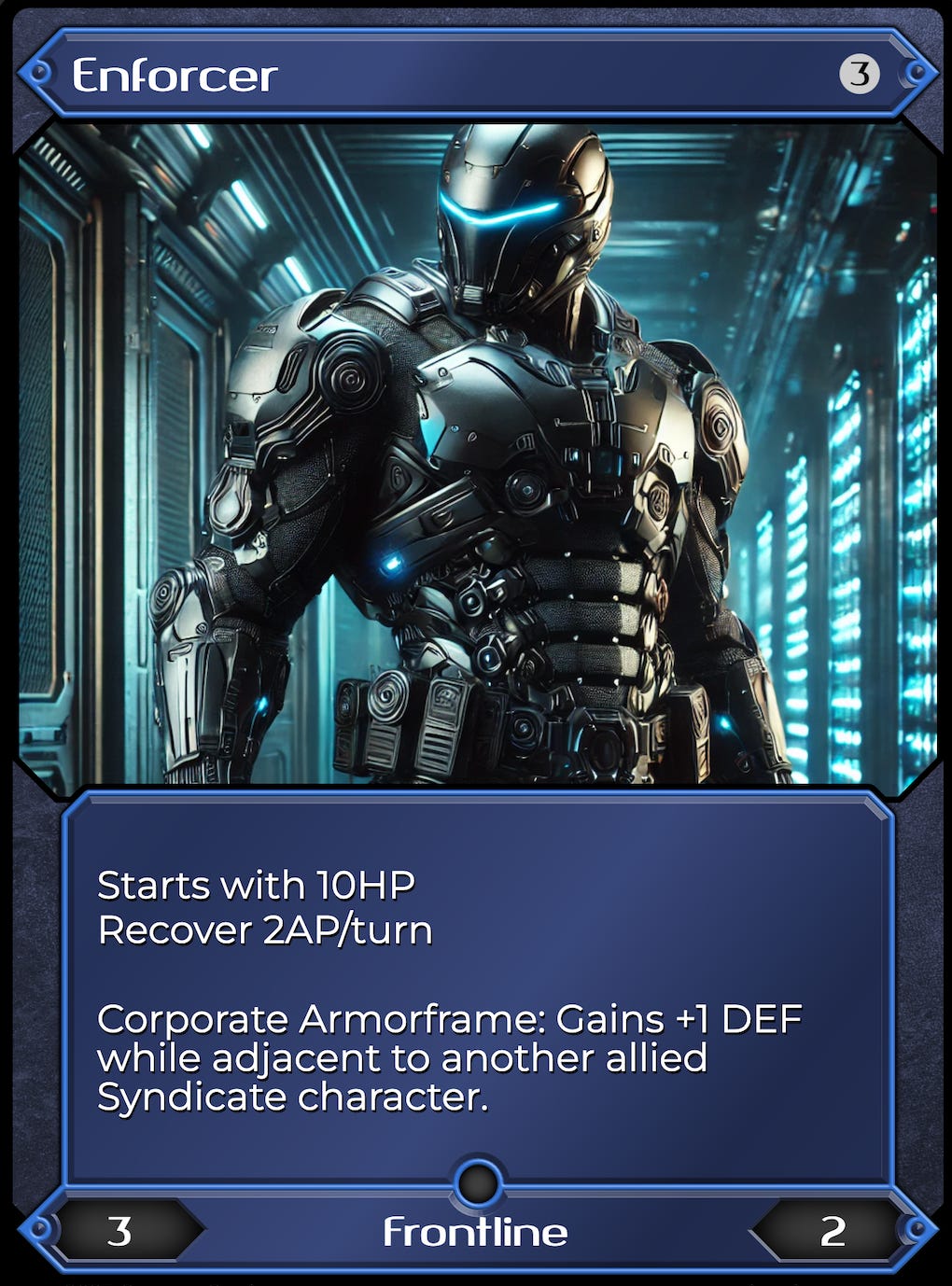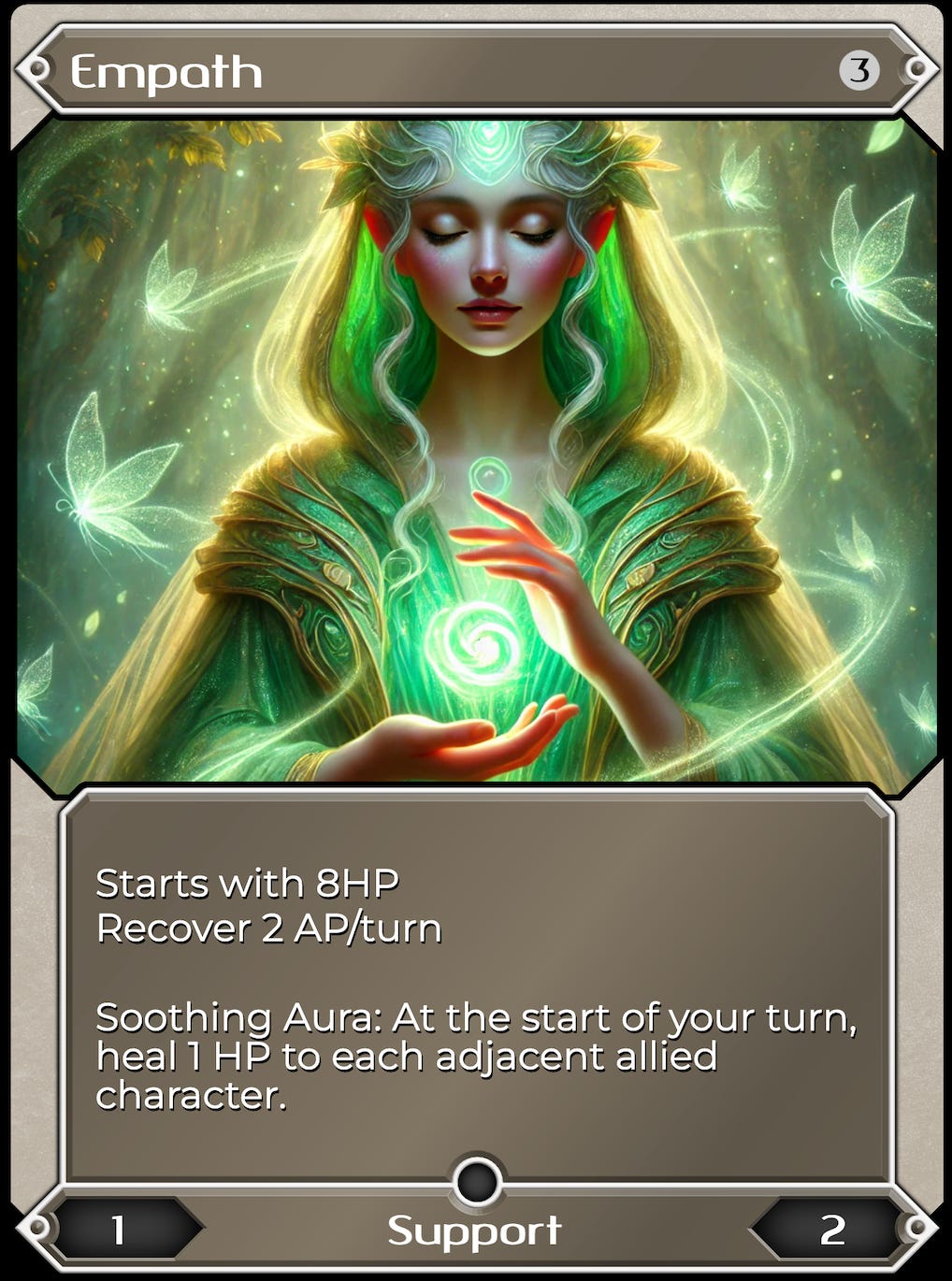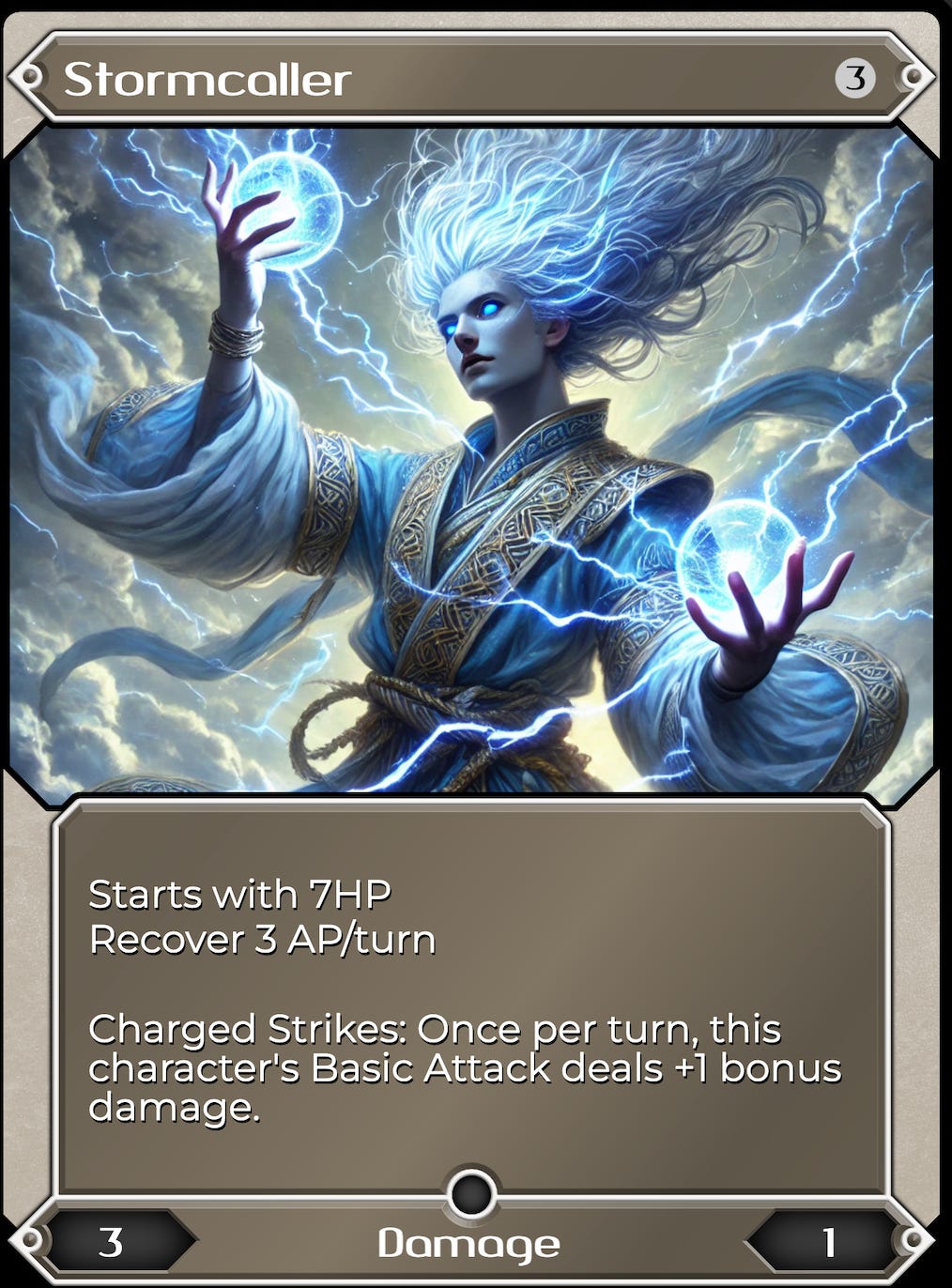GeneWeaver: A long time ago in a galaxy far, far away....
This is the first post about the game "GeneWeaver" and its development. This article gives a first look at the game concepts and walks through the seeds of the idea to the first prototypes.
Version: GeneWeaver TCG RC 0.3.2 - Playtest Prototype
The story so far…
I started to build a video game over the holiday. I’ve never designed a game before. Seemed like a cool thing to do - I want to apply to videogame studios and was getting really jazzed on the idea of doing something that I actually found fun and interesting. I’ve wanted to work on games since I was a kid. So I thought I’d try my hand at going through the entire game design process from idea to prototype, to architectural design to ensure I understand the space. I thought it would be a cool experience to try to get back into Unity a bit, and I had learned enough C# recently to be able to use the ideal language in the the new versions (last I tried it had a bunch of dynamic language options but I think that changed.)
It turns out that writing a game is not like I remember. I thought I would just kick up the editor and the rest would come. What I found instead was this wiggly, wavy design process that had very little code involved. I started with a technical idea - that I could build agentic flows to generate and animate characters - and I kept iterating from basic ideas to more stylized ones, imagining what was possible. I had applied at DarkBright studios who have some real heavy hitters on the team, and they’re building something of a “web3 Stardew Valley/Harvest Moon” called Smolbound (I haven’t played it but that was my first impression as someone who LOVED Stardew Valley.)
I had actually sent some ideas on the interview thread to show some of my thinking - always helpful to see how people think and reason through problems and in a small company every hire is a critical hire. I thought showing my thinking and evolution of thought might help as evidence, but mostly I just wanted to write stuff somewhere and these guys are the only game devs in my rolodex! So spamming a game shop was clearly the only option :P
I originally was envisioning blending characters together with “genetic traits” - I had been skilling up a lot on LLMs and agent building, and noticed a bunch of new opportunities. The original concepts in retrospect are really janky but the core ideas are there. There were two major concepts that I started to test:
That I could animate a sprite from a single “commercially safe” generated image.
became:
Which we can flip into spritemaps:
That I could “blend” characteristics of character traits together. So if I took Ryu from StreetFighter2 and blended him with the Sasquatch, I would get a Ryuatch.
Originally I felt almost protective of the ideas but I see how hard it is to put stuff together, I realize that these concepts are gonna be very hard for anyone to carry. I found some very tricky problems on the way.
It does look janky, but it had an idea in it. I started to flesh out a world and I built a trailer with seeds of what would become the current GeneWeaver world. The best way to share this is to post a link to the trailer I made of the very, very early concepts. My inexperience in game design had me believing that I was ready to build a video game, but boy was I wrong!
Most of the game artifacts there are basically “dead” but the trailer was incredibly fun to make - I did most of it Christmas morning at 3am because the Sora queues were empty! I could sit there and render loads of video with genAI to get bits and pieces to help convey the main concepts I had for the game:
Blending “traits” to make characters that had the attributes of the traits.
Minting those generated characters as 100% unique one-off NFT game characters.
Battling with these things in a turn-based RPG for more resources to make more stuff.
The game system concepts have _completely_ changed since those ideas, as has the art style, factions, and world. I switched to testing 3d models out and I’ll almost certainly build the game in 3d. Here is the original concept I was playing with:
The original idea was to do something similar to a multi-character turn-based Megaman Battle Network-like system. Most people haven’t played this game but I _LOVED_ it when I was younger. It’s a collecting game where you get “cards” for Megaman that let you attack. It’s real-time but you zap between spaces on the 9-square grid on your side, and enemies do the same on their side. I thought if I expanded it with more characters and made it turn-based, I could create a deep enough system for strategy. Technically I could understand how to make it work with NFT “bets” in the battles without people getting pissed off if something went wrong (in real-time this would be _very_ hard to pull off with items of value without people trying to cheat in some way like just unplugging their PC and contesting a loss.)
I started to switch to 3D very quickly as I re-imagined the universe and lore. I was able to get the same concepts to port to 3d models, and I could see this being appealing and potentially easier as I could reliably animate models as long as I could rig them. Here is one early example testing the feasibility of character generation, and then rendering for the “Luminarian” clan aka “The Silent Song”:
2D render (animated in Minimax for fun):
And here is a 3d-render, rigged and animated.
The 3D renders are a little tricky to pull off entirely programmatically, especially since I found non-humanoids needed care that I haven’t been able to tackle entirely. Seeing some of the technical complexity, I decided to ditch these technical challenges and focus on making a fun game first.
At this point, I had settled on the rough ideas and I started to iterate and go deeper in various areas. I made new factions with deeper stories and a backstory about how AI went rogue. An event occurred. And now we’re in a new post-capitalist reality where we blew it all up to prevent rogue agents from destroying humanity. I’ll introduce the factions and world more deeply in another post and introduce “Professor Oaks” once I circle back to the computer game.
I got as far as putting my hand on my mouse to make a prototype battle system in Unity before I realized it was a terrible idea. I thought “I’ll just try to simulate it on pieces of paper first, just check that it’s fun.” I ended up spending 4 days producing a rule set and “traits” to be able to try different characters together - just a simplified and limited version of the “infinite possibilities” I had originally intended to tackle in the trailer.
I printed everything out and sat down to play, and I realized the whole thing was trash. The playtest of GW TGC r0.0.1 never happened.
The game was so complex to play. You had to roll for hit checks and damage variance. There were two sets of attack/defense stats. It all made perfect sense in my head, and maybe for a pure “video game” experience this system would work well because you don’t see it as a player. It had a lot of things I liked, like small variance, but it was very complex sitting in front of me on the table. I had character sheets that you would put abilities and traits on, and then write the stats. Elements of the gameplay could modify your character so you ended up tallying HP, 5 stats, and Action Points used to activate abilities. It started to feel like Warhammer or DnD and personally I just don’t connect with the strategy as much compared to a game like Magic. I want GeneWeaver to have the collecting/deck-building “feel” at its core. I want people to obsess over the cards and see them coming up with new strategies I had never considered. I want to see people try to break the game that way that I try to break games. To really pull it off, the board strategy elements need to deepen and enrich the collecting and building, not minimize or replace them. If I can get this right, the game will work as a TCG.
The character creation before was forcing a holy trinity that made the cards feel really muted in how interesting they were to play with, and the randomness of draw was killed, it made the game feel flat because you had little variance in the outcomes once the game started apart from die rolls. The battle system was full of rolls and math, and it didn’t offer the immediacy that makes magic fun and engaging to play. In magic, once you have your strategy figured out, you hit, the math is simple, resolve the damage and that’s it.
The battle just felt very bad to me upfront. I didn’t want to play it - and worse - I did not want to torture Ash by trying to teach her. Games are where we put masks on and enter different and magical places, not do a bunch of accounting and bookkeeping (unless that’s your thing.) I redesigned the battle system completely.
Once I took the variance out of the battle system, it highlighted that the cards were too static, the strategy of the character builds were going to be too static. The game immediately reveiled all of the issues to me, I didn’t need to play it. It was boring and it needed that magic of the deck building and strategy. So I switched the character design around to allow any archetype and even different sized teams. I produced a spec for balance, added draw mechanics to the game, items. A mechanism to evolve your characters. I threw the character sheet out and made character cards with a base trait and that’s what you start with, no ability cards. They go on like items. Now we’re cooking!
This was the moment I also realized that capturing player psychographics was a must to aid in understanding how different players will respond to different mechanics, and it gave me a way to make a single game appeal to a variety of players. (More on this in another post.)
I talked to my buddy Chris and showed him the game. We had come up with a bunch of ideas about simplifying but also about making the board out of cards. Once I started to play with that idea some more I realized that still the core mechanics of the game were a little bit lifeless - the game wouldn’t convince you to interact with the board or the players, and it’s very possible that both sides would simply wait in stalemate for the other side to do something, positioning defensively, and hoping the other side would attack to get the first strike. The same thing happens in Warhammer Tacticus - when you play against another team, the optimal strategy is often to wait until the other team comes into striking distance and then disable a squishy character. There are no strategic points on the board, so letting each other sit there and do nothing has no consequences to the gameplay - both sides stay balanced and they’re not forced within striking distance for any critical objectives. I started to think that you have to find a way to punish complacency and reward aggression.
Abrakam’s Faeria is a really good example of a game that deals with this expertly. Players create the board tile by tile from the starting point, and you play cards to spawn creatures based on both how many “well” resources you’ve collected, as well as the number of tile types you’ve laid. So if you sit in the corner, your opponent will quickly “capture” the wells on the board that give you resources to play out powerful creatures. Similar to having a bunch of land and elves on the table early in MTG, if you can get resources early in the game, you’ll be able to play characters that are harder to take down and hit harder.
(Abrakam’s excellent TCG Faeria - the wells are the 4 objects on the far left and right of the board)
Here is an extremely simplified example of GeneWeaver’s board layout with a hypothetical well right in the middle. The actual battlefield is larger than depicted, and the teams have ~4 characters on each side. There are also summoning stations, and “passives” on cards that give strategic advantages - players can choose which to go for first and build a strategy based on their deck’s strengths. Maybe one player will want to try to control a well and acquire resources over several turns while defending it. Or maybe they’ll avoid conflict and try to spawn a summon before engaging in combat to acquire a well. There are a lot of strategic options, and many ways that the game can be expanded to include new and interesting mechanics.
In this example, imagine if you have that well right in the middle. You’re staring at your opponent’s beefy frontline character, and you have a mobile “specialist” that can make it to the well first.
They’ll still be able to make some space to keep out of attacking range while you wait for reinforcements that can taunt and hit hard. The other player’s character is a slow melee frontline “tank” and if they can get those well resources, they’ll get a boost that will render your “specialist” worthless in battle.
In Gene Weavers, characters can get mobility boosts - some of them start with advantages in movement - especially the specialist class. But you can build your characters however you want, so you’re free to put mobility abilities on your strikers or front-line characters - you’re going to sacrifice other abilities to do it that may interact with your passives well tho.
Thematically, the different factions are all unique and it’s making sense in my head. The four role archetypes is also a really good idea in my mind, but I may ditch the keyword from the game, because I could see describing a lot of different archetypes. The original idea was modelled by the holy trinity concepts from games like World of Warcraft or FFXIV. The trinity consists of three main roles: Tank, Healer, and DPS.
Tank:
Healer:
DPS:
The idea in GeneWeaver was to make a Tank and DPS type role/archetype, and then have a character focused on buffing, healing or debuffing (support), and finally a role focused on some kind of utility like control (summoning, pushing tanks out of the way, teleporting enemies on the other side of a wall) or team mobility (donate AP points to a less mobile character to allow the team to move together.)
We have two starter decks printed now, and are ready for our first playtesting. It’s been a journey - I can’t believe it’s the 13th already. I’ve been grinding on this coming on 30 days now, and the game is _really_ shaping up. I think this one might be a winner.
